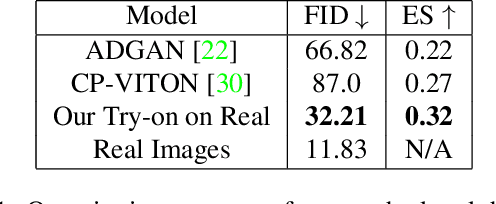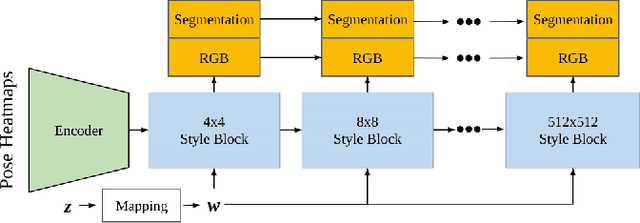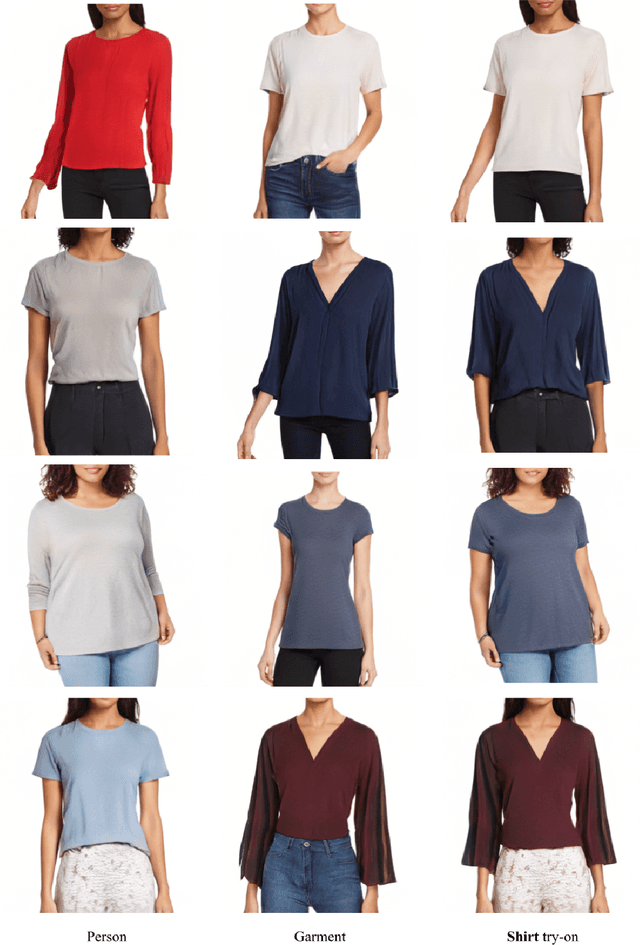Srivatsan Varadharajan
Test-Time Anchoring for Discrete Diffusion Posterior Sampling
Oct 02, 2025Abstract:We study the problem of posterior sampling using pretrained discrete diffusion foundation models, aiming to recover images from noisy measurements without retraining task-specific models. While diffusion models have achieved remarkable success in generative modeling, most advances rely on continuous Gaussian diffusion. In contrast, discrete diffusion offers a unified framework for jointly modeling categorical data such as text and images. Beyond unification, discrete diffusion provides faster inference, finer control, and principled training-free Bayesian inference, making it particularly well-suited for posterior sampling. However, existing approaches to discrete diffusion posterior sampling face severe challenges: derivative-free guidance yields sparse signals, continuous relaxations limit applicability, and split Gibbs samplers suffer from the curse of dimensionality. To overcome these limitations, we introduce Anchored Posterior Sampling (APS) for masked diffusion foundation models, built on two key innovations -- quantized expectation for gradient-like guidance in discrete embedding space, and anchored remasking for adaptive decoding. Our approach achieves state-of-the-art performance among discrete diffusion samplers across linear and nonlinear inverse problems on the standard benchmarks. We further demonstrate the benefits of our approach in training-free stylization and text-guided editing.
VOGUE: Try-On by StyleGAN Interpolation Optimization
Jan 06, 2021



Abstract:Given an image of a target person and an image of another person wearing a garment, we automatically generate the target person in the given garment. At the core of our method is a pose-conditioned StyleGAN2 latent space interpolation, which seamlessly combines the areas of interest from each image, i.e., body shape, hair, and skin color are derived from the target person, while the garment with its folds, material properties, and shape comes from the garment image. By automatically optimizing for interpolation coefficients per layer in the latent space, we can perform a seamless, yet true to source, merging of the garment and target person. Our algorithm allows for garments to deform according to the given body shape, while preserving pattern and material details. Experiments demonstrate state-of-the-art photo-realistic results at high resolution ($512\times 512$).
 Add to Chrome
Add to Chrome Add to Firefox
Add to Firefox Add to Edge
Add to Edge